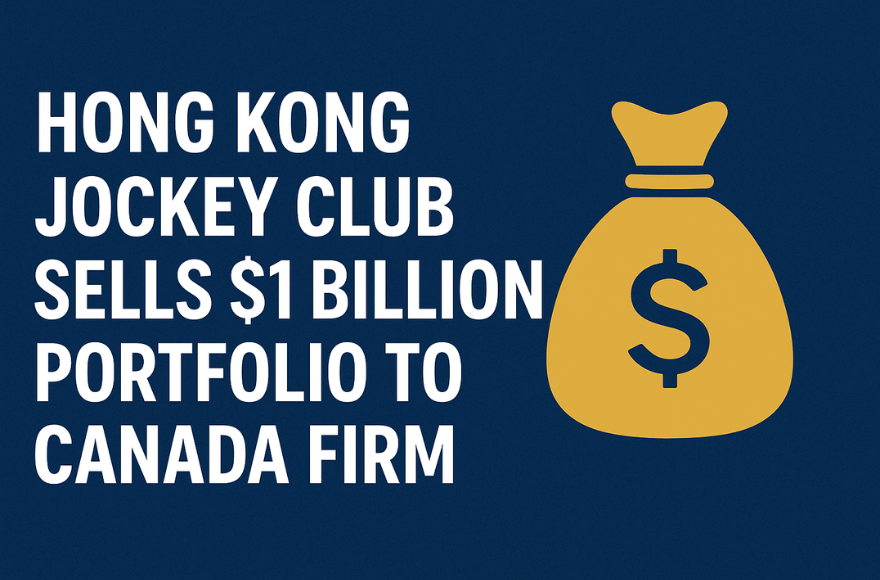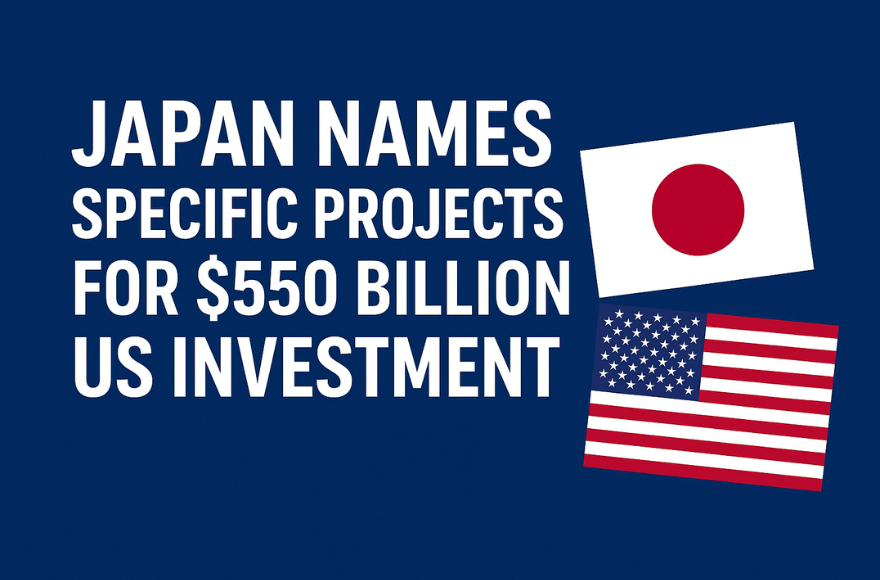
The recent move by the Hong Kong Jockey Club (HKJC) has sent ripples through the private-markets world. By announcing a Hong Kong Jockey Club $1 billion sale, the club is doing much more than just shifting capital—it’s signalling a shift in strategy, especially when we talk about the HKJC sells fund portfolio, Hong Kong Jockey Club divest US assets, and HKJC private equity exit.
In October 2025, the Hong Kong Jockey Club revealed that it had sold roughly US$1 billion of assets from its alternative-investment funds portfolio to Toronto-based Dawson Partners.
The deal includes stakes in funds managed by Blackstone Inc. and other prominent buy-out firms.
It’s described as one of the largest disposals by an Asia-based asset allocator in recent times.
Importantly, the sale was via the secondary market — meaning HKJC is off-loading its interests in existing funds rather than waiting for the funds to run out.
Liquidity & Timing
By choosing to off-load via the secondary market, HKJC is accelerating the conversion of illiquid fund interests into cash. This underlines how even large institutional allocators are increasingly comfortable using secondaries.
US Exposure Reduced
The decision to divest is tied to holdings in US private equity funds (so the Hong Kong Jockey Club divest US assets point). With global uncertainties and private-market valuations stretched, HKJC is repositioning.
Discounts and Pricing Pressure
Some of the assets reportedly sold at a “single-digit discount” to net asset value (NAV) – showing buyers have negotiation leverage in secondaries.
Impact on the Market
Such a big move from a prominent Asia allocator may trigger peers to consider similar exits. The mention of “major secondaries sales to come out of the region” backs this.
Let’s walk through how the crucial phrases you wanted to include map onto this story:
Hong Kong Jockey Club $1 billion sale: this summarises the headline transaction.
HKJC sells fund portfolio: the club is exiting parts of its alternative fund holdings.
Hong Kong Jockey Club divest US assets: the deal involves US-based private equity stakes.
HKJC private equity exit: the club is exiting positions in buy-out funds rather than staying to maturity.
Hong Kong Jockey Club Canada firm investment & HKJC deal with Canadian firm Dawson Partners: the buyer is Canada-based Dawson Partners.
HKJC asset disposal Asia investor: underscores that this major disposal is originating from an Asia-based investor.
Hong Kong Jockey Club Blackstone holdings sale: Blackstone’s funds are among those being sold.
HKJC secondary market portfolio off-load: emphasises the mechanics (secondary market) of the transaction.
Hong Kong Jockey Club US private equity stakes: relates to the underlying assets being sold.
The acquiring firm, Dawson Partners, is based in Toronto and had roughly US$20 billion in assets under management at end-2024.
This reflects how Canadian/Western firms are stepping up to buy allocations from Asian LPs—providing liquidity and taking positions that earlier investors now wish to exit.
Rebalance risk: By reducing exposure to US private equity, HKJC may be reducing geographic concentration risk and shifting back toward Asia or more core assets.
Free up capital: The proceeds could be redeployed into new opportunities or shore up reserves.
Pre-empt market shifts: Private equity valuations globally are under pressure. An early exit may give HKJC an advantage if downturns deepen.
Set a precedent: Other Asia-based institutional investors may see this move and follow suit, increasing secondary market activity.
More inventory in secondaries: Large portfolios like this create lumps of opportunities for buyers in secondaries.
Pricing stress visible: Discounts show that fund interest prices are not holding at peak NAVs, signalling caution to general partners and LPs alike.
Shift in LP behaviour: Asian LPs may increasingly embrace secondaries as a tool, rather than only holding to maturity.
Global asset flow change: Capital flows from Asian LPs into Western secondary buyers highlight global linkages, especially in “Asia investor → Canada firm investment” patterns.
Selling early might lock in lower returns if the underlying funds recover strongly.
The discount means HKJC may forgo upside but trade certainty for liquidity.
For the buyer, assumptions around NAV, future exit value and discount must align—they’re taking the risk that valuations might drop further.
Macro factors (e.g., interest rates, recession risks) could still hamper private markets; timing remains crucial.
We should watch for:
Whether other Asia-based institutions mimic HKJC’s move.
Secondary market discount levels across geographies and asset types.
How HKJC redeploys the capital: will it go into Asia, bench-marked assets or something entirely different?
Response from GPs whose funds are in the off-loaded portfolio (e.g., Blackstone) — do they become more cautious about LP behaviour?
The Hong Kong Jockey Club’s bold initiative to execute a $1 billion sale of its fund interests marks a pivot—embracing HKJC private equity exit, reducing US private equity stakes, and engaging with a Canada firm investment via Dawson Partners on a secondary market portfolio off-load.
By doing so, HKJC is not just selling assets—it’s signalling a new strategy of liquidity, risk-management, and flexibility for institutional investors in Asia. As the private markets evolve, this transaction may mark a turning point in how large-scale LPs think about portfolio construction and exit.

 Next
Next
Comments (0)
Leave a comment